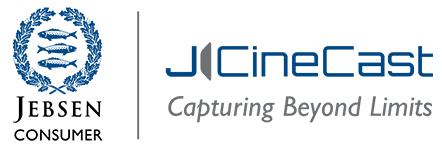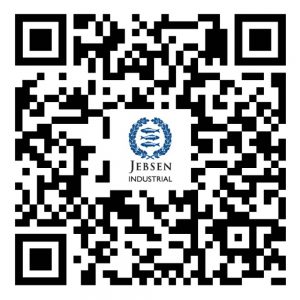Angénieux Optimo Primes in the Filming of ‘37°2’ for FIRST International Film Festival
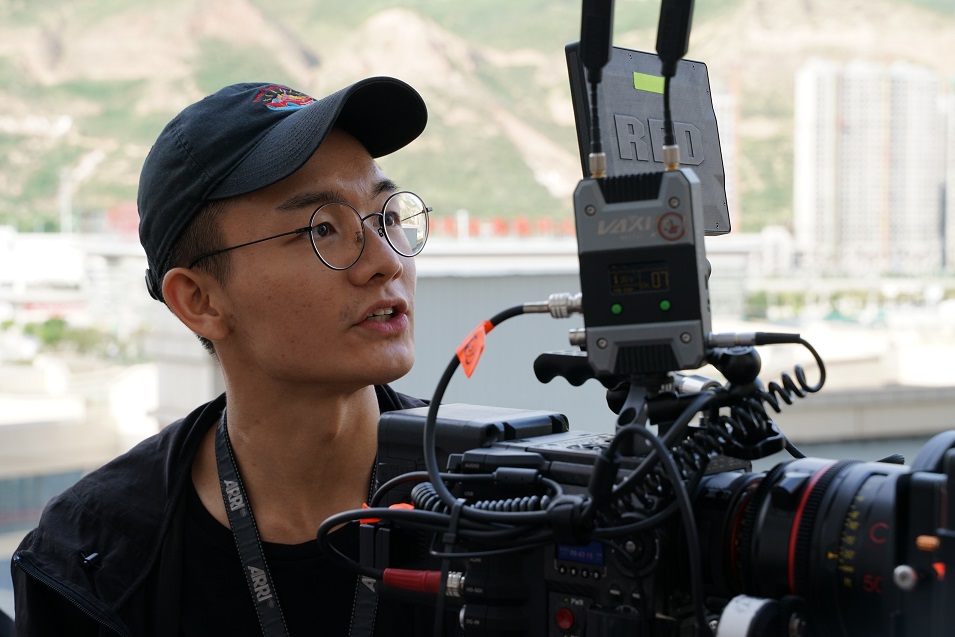
Silenced by the pandemic for months, Chinese cinema has recently enjoyed a long-awaited surge of excitement as Xining hosted the 14th FIRST International Film Festival. Designed as a platform for young filmmakers to showcase their work, the festival invited renowned Director Cao Baoping to be its training camp tutor this year.
‘Isolated Island’, a production of the training camp, held its global premiere in Xining. The film comprises seven short stories created by the directors and cinematographers selected to participate in the training camp. Filming was more challenging this year, requiring more mature industrial technology systems to ensure the quality of ‘Isolated Island’. In addition to the director, there was a team of veterans serving as advisers in the areas of cinematography, performance, editing, art direction, and sound.
For one of the short films, Jebsen Industrial provided the Angénieux Optimo Prime full-frame series, making the film the first in Asia to shoot with Angénieux’s latest prime series. The film was ‘37°2’ directed by Mei Liying and shot by Zhou Zijie.
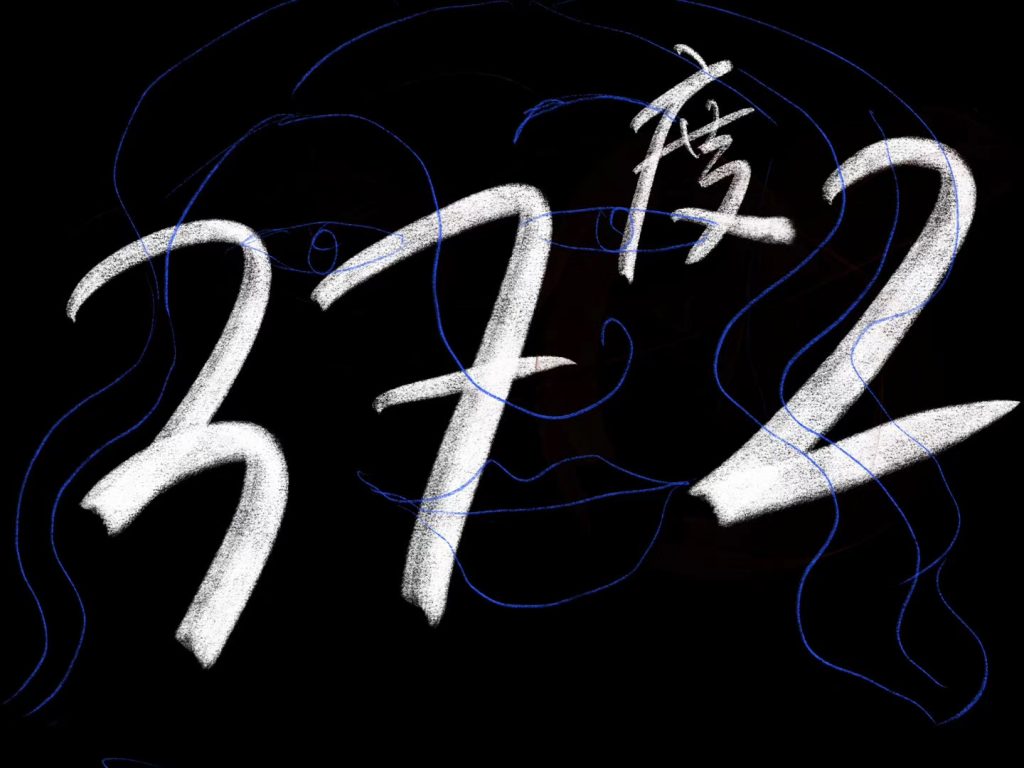
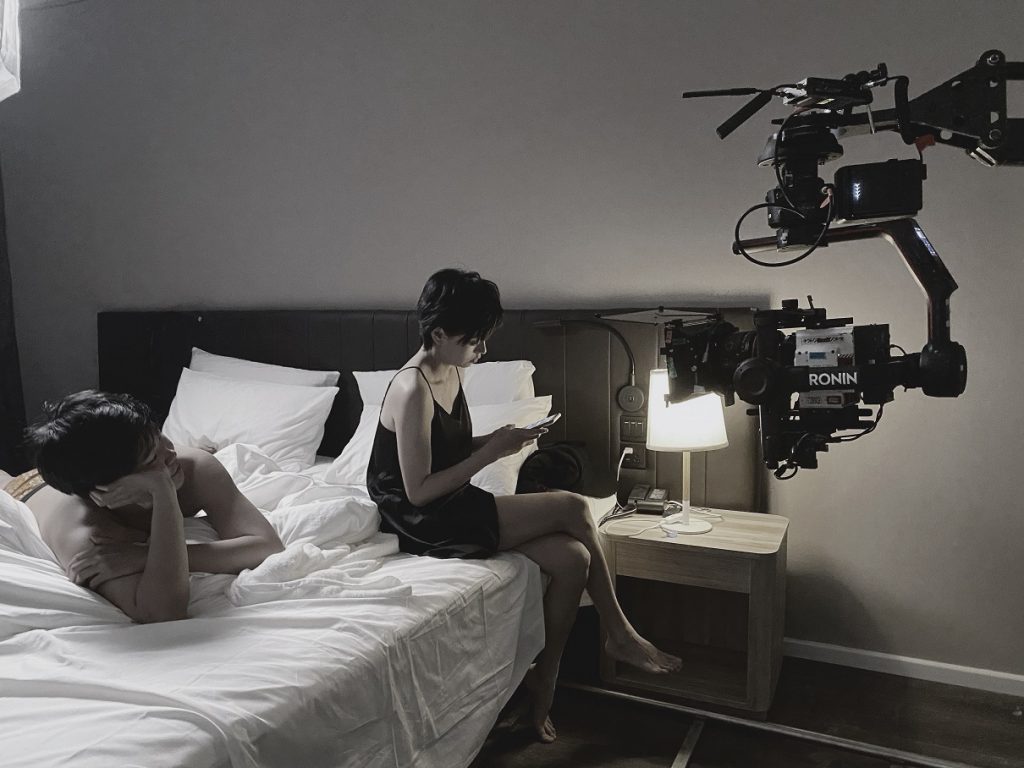
We invited young cinematographer Zhou Zijie to share his thoughts on filming ‘37°2’ and how it was like using Angénieux Optimo Prime full-frame series for the first time.
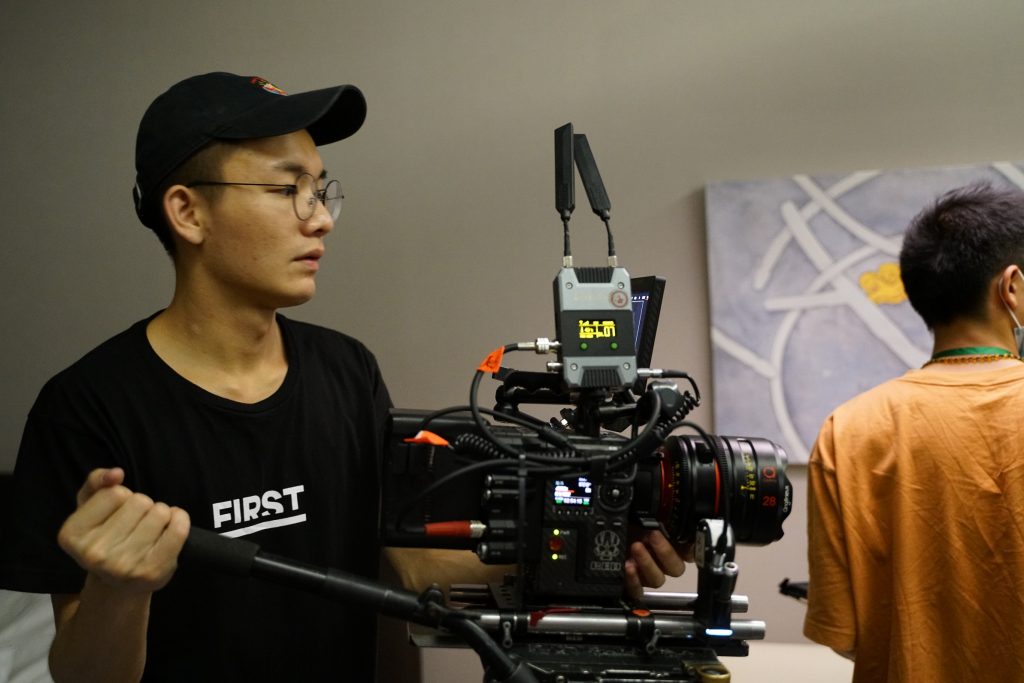
Please introduce yourself.
Zhou Zijie: I started out filming documentaries with VICE. Later, by chance, I filmed a music video and found myself in the commercial advertising industry. With several commercials under my belt now, I am adjusting my focus this year to invest more time and energy into storytelling films. I have participated in several short films and a feature film but I am still learning. You could say it is a long and arduous journey.
Tell us about your overall impression of Angénieux and its lenses.
Angénieux lenses are very stable. Its zoom lenses have excellent distortion and image control. They can be used together with lenses from other mainstream brands and they have high compatibility in the post-production phase.
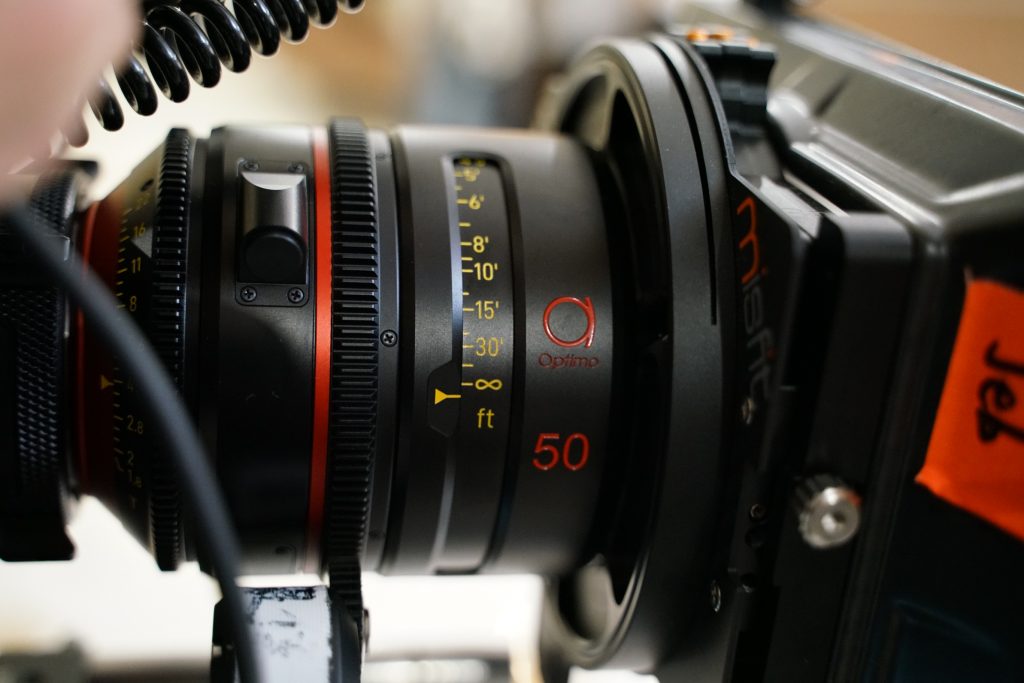
How did Angénieux Optimo Prime full-frame series support the narrative style and assist you in the filming of ‘37°2’?
Compared to other zoom lenses in the same focal range, Angénieux Optimo Prime lenses have a larger aperture and better image quality. Breathing is minimised too, so we can adjust camera angles more subtly.
For FIRST Training Camp’s film, ‘Isolated Island’ – ‘37°2’ was largely filmed in tight indoor spaces. We used Angénieux Optimo Prime lenses with RED VV large format camera. Such a large image field and aperture can better bring out a sense of space and texture, and create a mood of isolation around the character when the story requires it. Also, in certain scenes, by adjusting the depth, we could effectively draw the audience’s attention to the main character. This supports the story that we are telling, where the main character is isolated from other characters and their surroundings. For example, even when two people are sitting next to each other on a sofa, a 45-degree side shot can make one person appear farther. This is the uniqueness of large format. At the same time, Angénieux Optimo Primes have well-controlled breathing. This absorbs the impact of large movements in single shots so audiences are not distracted from the story.
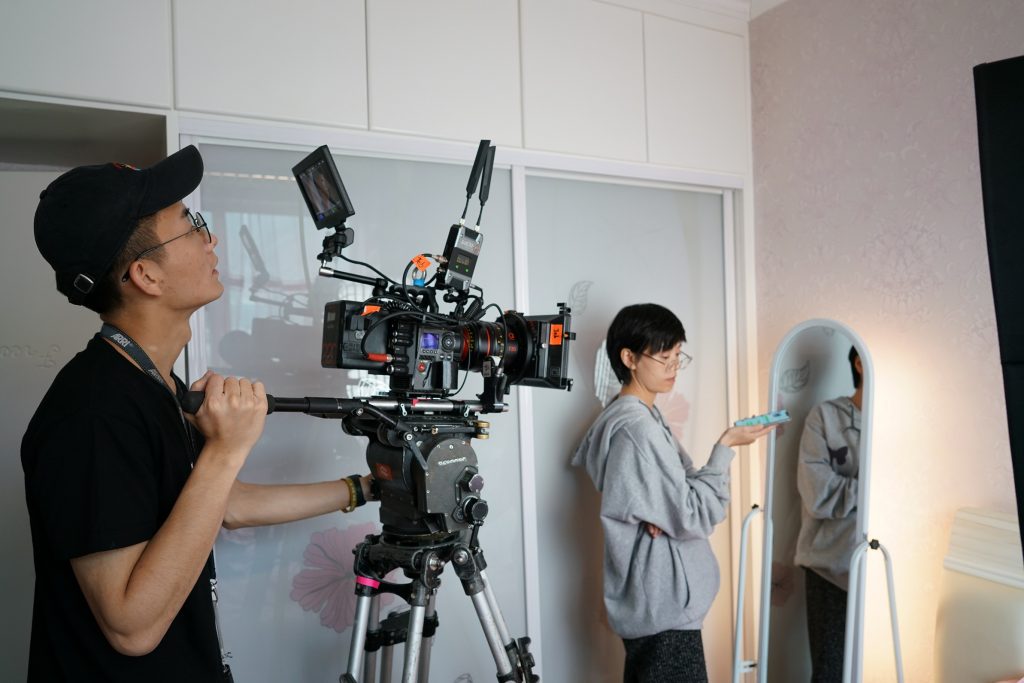
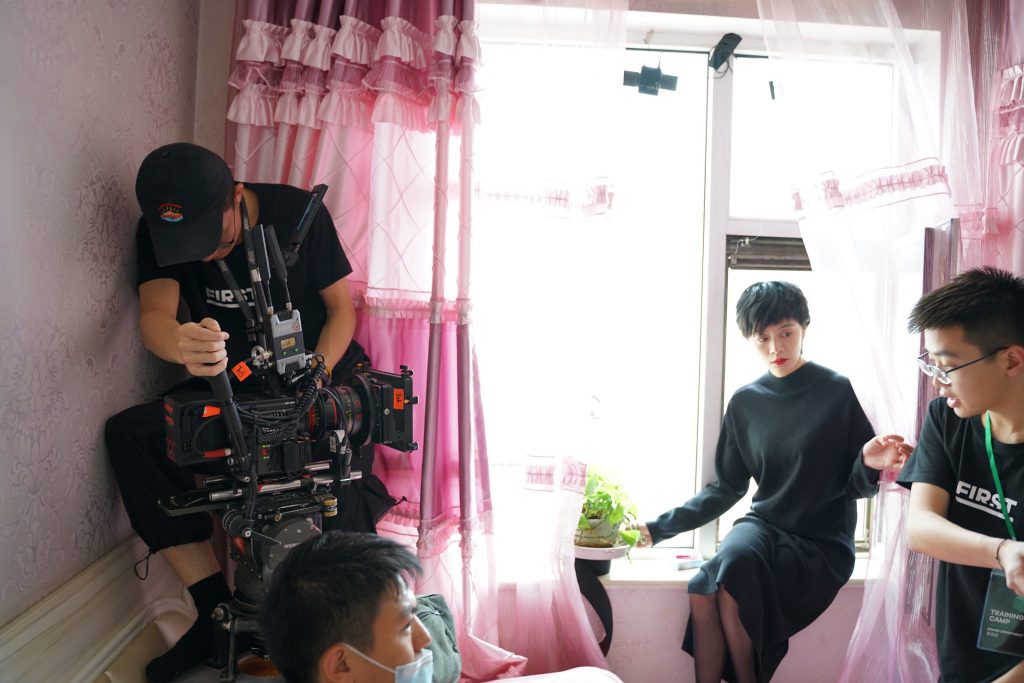
What is your initial impression of the Angénieux Optimo Prime full-frame series? Does any aspect stand out, whether from a technology or art perspective? How was the actual filming experience?
The lenses are relatively light. Each lens is about the same weight and is stable to use, which helps improve filming productivity. From a technology perspective, I understand that these lenses have replaceable iris blade units that allow us to create different bokeh effects. The rear mount filter can be unscrewed and mounted with a soft-light filter or other filters like POL and ND to produce a greater variety of image styles too.
How would you describe the Angénieux Optimo Prime full-frame series?
Excellent image quality. Neutral style. Stable and reliable.
With Angénieux Optimo Prime full-frame series about to be launched with the new Integrated Optical Palette (IOP) technology, what are you most looking forward to?
I’m looking forward to the versatility of using different combinations, like switching out lenses and iris blades, to create interesting bokeh effects and image styles. Also, the ability to quickly change filters can be a way to increase productivity on-set.
What was the pre- and post-production workflow for this film?
Similar to other participating short films, we went through steps to finalise the script, tone of the performance, filming locations, technical review, on-set filming, editing, colourisation, sound mixing and Digital Cinema Package (DCP). But because the training camp only lasted about a week, all these were as compressed into a very tight schedule. This time, we used the RED VV 8K camera for filming, with the compression rate of 8:1 and IPP2 colour space, and a final DCP product in 2K format.
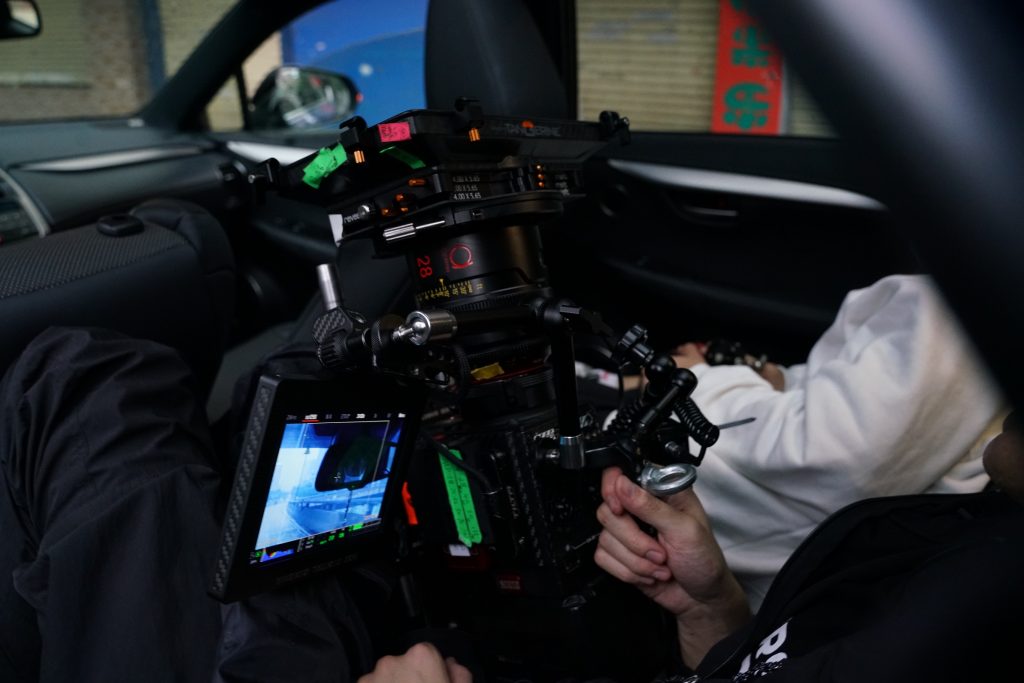
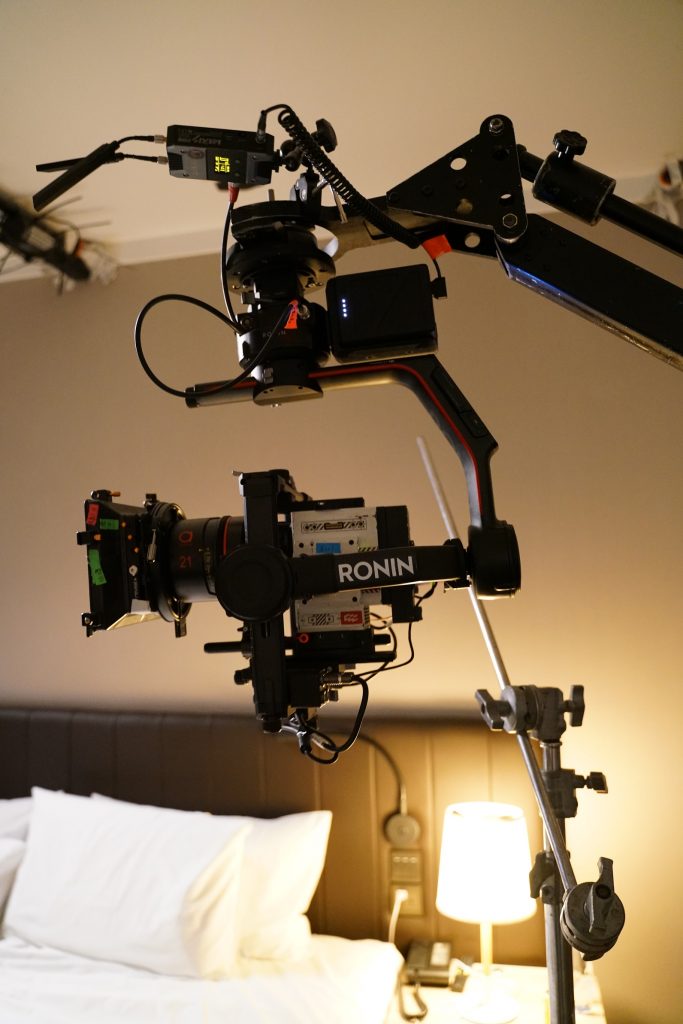
In terms of cinematography, do you think the large format is a visual style? Could you share your thoughts after filming in large format?
In a way, it could be. Compared to S35 format, at a similar viewing angle, the large format offers a better depth of field control. The presence of the camera also tends to fade away, which is an ideal-case scenario as audiences are not distracted by it. Also, the lenses reliably perform their role without fighting for attention, focusing only on serving the story!
Photo courtesy of FIRST International Film Festival
